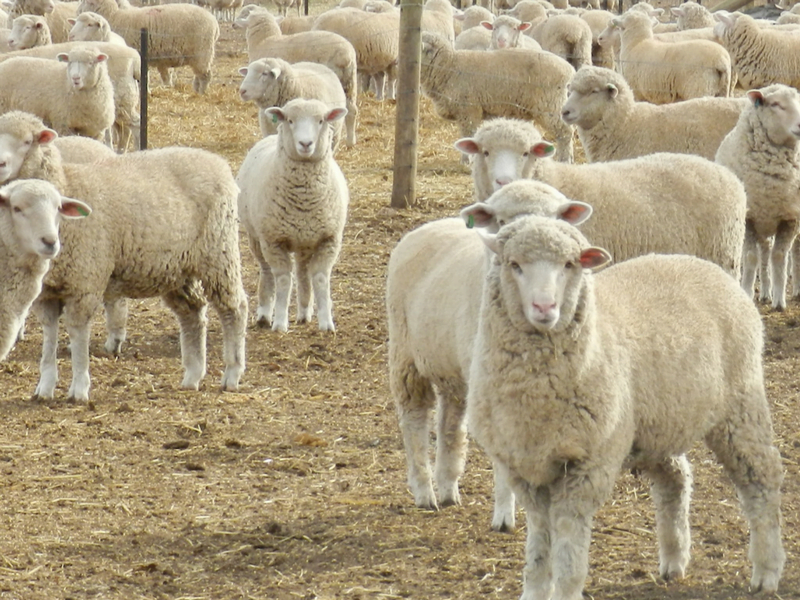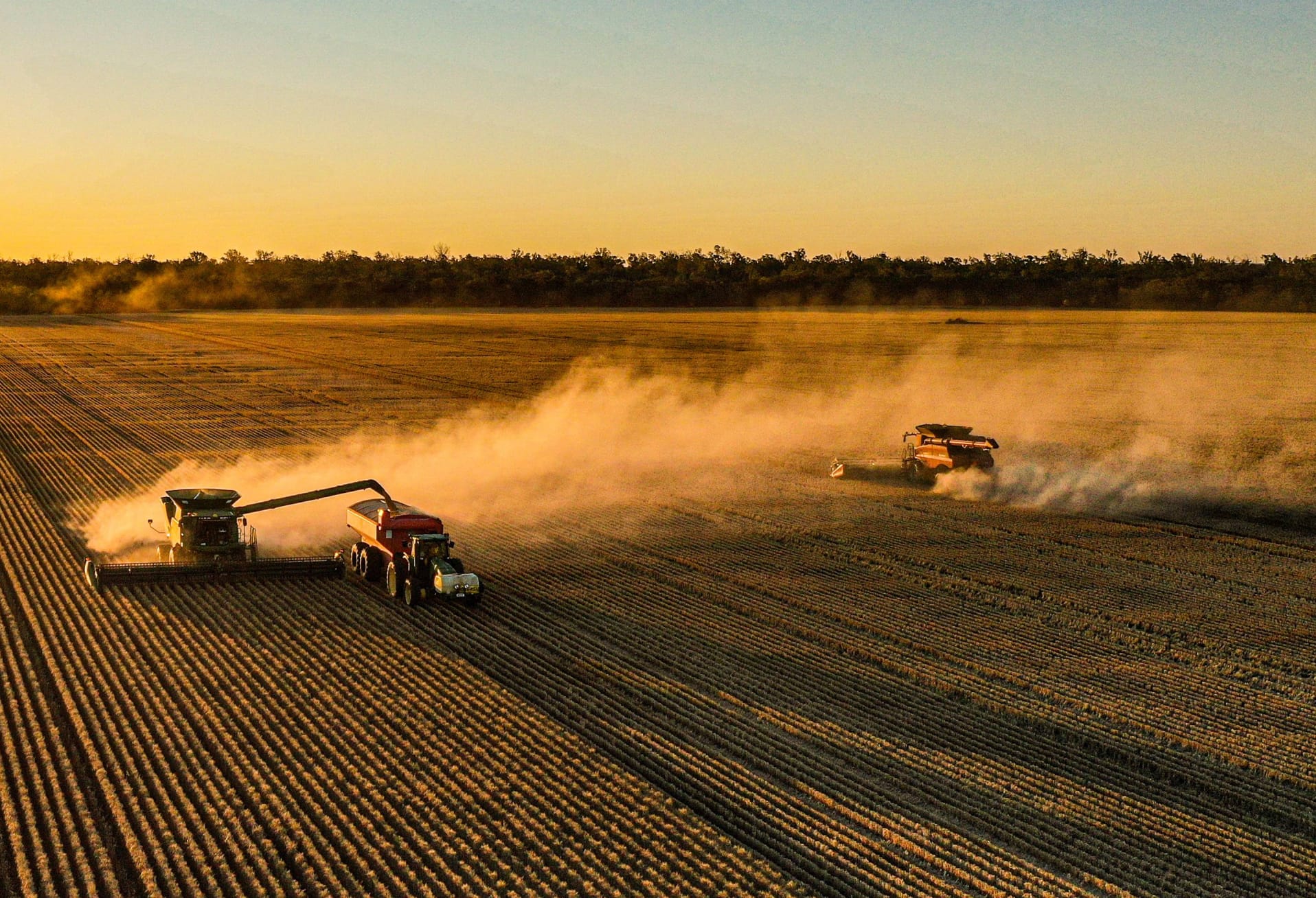Managing the autumn feed gap is something northern Victorian farmers are coping with better this year thanks to an initiative delivered by BCG through the Grain & Graze 2 program and with support from the Mallee Catchment Management Authority (CMA).
This time of year is often challenging for mixed farmers who are sowing winter crops while managing sheep – often in a late stage of pregnancy – with a reduced availability of paddock feed.
The project encompassed a special focus on stock containment management practices which can help prevent soil degradation and provide a means to see stock through this difficult period.
As part of the initiative farmers attended a livestock health, nutrition and stock containment areas forum at Donald, visited existing stock containment areas and had an opportunity to receive one-on-one mentoring from a livestock industry expert.
Project facilitator Kate Reilly said farmers who took part in the project gained valuable knowledge and practical skills in livestock management, nutrition, animal health, marketing and logistics.
“The project has given growers the confidence to establish effective containment areas and to utilise existing areas better to achieve more robust farming enterprises,” she said.
The project is one of more than a dozen being delivered across northern Victoria through the Grain & Graze program which was established as means to help mixed farmers boost their profitability while protecting the sustainability of their land and enterprises.
During the forum held in Donald last year industry experts shared information about setting up stock containment areas and answered questions about animal health, nutrition and husbandry.
A bus load of keen farmers also visited three different containment areas in the Mallee and gained insights into how to set up and manage effective containment areas. Afterwards attendees were invited to apply for a chance to receive one-on-one mentoring from a livestock industry specialist who would visit their farm and address their particular concerns.
The successful mentoring grant applicants said the program helped them to address livestock management concerns, reduce the risk of costly livestock deaths and gain a better understanding of how to manage a mixed cropping/livestock operation.
Warracknabeal farmer Tim Hewitt said the advice received through the program has helped him overcome a feed gap between March and May and the impact this had on lambing.
“It was suggested that as stubble availability reduces or ewes enter late pregnancy (six weeks pre-lambing), ewes could be moved to the containment area to manage nutrition,” he said.
“We have been feeding sheep oats, clover hay and cereal hay. In autumn, we’ll test the feed to check whether it’s suitable and meeting nutrition requirements. We’ll then get a design ration – something we haven’t done before.
“There’s no use giving feed to sheep if it’s not the right type or quantity.”
For Birchip farmer David Smith, the biggest learning to come out of the mentoring he received through the program was advice about nutrition for sheep being kept in stock containment areas.
“We’re now lambing later and the nutrition advice we’ve received has made us more confident to lock lambs up in a containment area,” he said.
“Previously, sheep were walking around paddocks using a lot of energy looking for food. We’d see skinny sheep and try to fatten them up. Now we’re more proactive about keeping them in good condition through the use of a containment area.
“This means we’re giving sheep the right feed to keep them in better health.”
The learning journey taken by David, Tim and other farmers involved in the project has been summarised in four fact sheets produced as part of the initiative.
To access a copy visit: the Grain and Graze website.
This project was supported by the Mallee CMA through funding from the Victorian Investment Framework.









